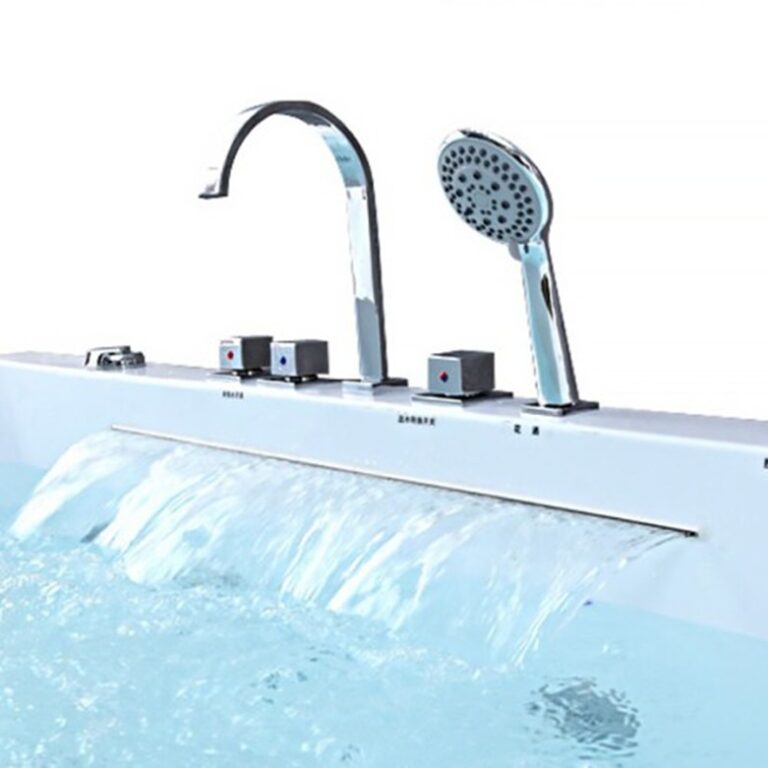Creeping Threats Lurking in the Shadows of Your Home
Homeowners prioritize safety, yet household mold can silently threaten health. This blog discusses how to identify mold, its health risks, and effective prevention and management strategies, helping homeowners maintain a safe living space for their families and pets.
Identifying Mold in Your Home
Mold is a stealthy infiltrator, often growing where you least expect it. Recognizing common signs is crucial for early detection and prevention. A musty odor, discoloration on walls or ceilings, and increased humidity are telltale signs of mold presence. Mold thrives in damp environments, making bathrooms, kitchens, basements, and attics particularly vulnerable.
Visually, mold can appear as black, green, white, or even orange spots, depending on the type. However, it’s not always visible. Sometimes, it grows behind wallpaper, under carpets, or within walls, remaining undetected until damage becomes severe. Regular inspections and awareness of these signs can help nip potential infestations in the bud, reducing health risks and structural damage.
The importance of early detection cannot be overstated. Acting on initial signs can prevent mold from spreading and causing further harm. A proactive approach includes maintaining low indoor humidity levels, ensuring proper ventilation, and promptly repairing leaks. By staying vigilant, homeowners can protect both their health and their home investment from mold-related issues.
Health Risks Associated with Household Mold
Mold exposure can lead to a host of respiratory problems and allergies. People with asthma, children, and the elderly are particularly susceptible. Symptoms can range from mild irritation of the eyes and throat to severe respiratory distress. Continuous exposure can intensify these symptoms, leading to chronic health issues that require medical attention.
Beyond respiratory complications, mold can pose more severe health risks. Long-term exposure has been linked to neurological problems, immune system suppression, and even pulmonary hemorrhage. These conditions emphasize the need for immediate action upon discovering mold. Being aware of these dangers encourages homeowners to prioritize mold management as an essential component of their health regimen.
It’s vital to acknowledge that not all molds are harmful, but distinguishing between them can be challenging. Consulting with healthcare professionals and mold experts can provide clarity and guidance. By understanding the potential health implications, homeowners can take informed steps to safeguard themselves and their families from the dangers mold can present.
Preventing and Managing Household Mold
Preventing mold growth involves both proactive and reactive measures. Keeping humidity levels below 60% is critical. Using dehumidifiers, air conditioning, and ensuring good ventilation can help achieve this. Regularly cleaning and drying surfaces prone to moisture, such as shower curtains and window sills, reduces the likelihood of mold taking hold.
When mold is discovered, swift and decisive action is necessary. Small areas can often be cleaned with detergent and water, but extensive infestations require professional remediation. Mold remediation specialists possess the expertise and tools to safely remove mold, preventing recurrence and ensuring a healthier living environment.
Homeowners should also focus on addressing the root causes of mold growth, such as fixing leaks and improving drainage around the home. Education and regular maintenance are key components in managing mold effectively. Home inspections like those available in Salt Lake City can help identify potential issues early on. By adopting these practices, the threat of mold can be significantly minimized, leading to healthier homes and peace of mind.
The Role of Health Enthusiasts and Homeowners
Health enthusiasts and homeowners play a pivotal role in creating and maintaining a mold-free environment. By staying informed and vigilant, they can prevent mold from becoming a persistent problem. Educating oneself and others about the risks of mold is an empowering step toward fostering a community that values health and well-being.
Encouraging proactive measures, such as regular mold inspections and property checks, reinforces the importance of mold management. Sharing knowledge and experiences within the community raises awareness, helping others recognize the significance of early detection and prevention. A community that prioritizes health contributes to a safer environment for all its members.
Ultimately, the combined efforts of individuals committed to health and safety can lead to widespread improvements in living conditions. By promoting preventive measures and encouraging active participation, we can collectively reduce the health risks associated with mold, benefiting both current and future generations.
Conclusion
Now that we’ve delved into the world of mold, it’s clear that early detection and prevention are key in maintaining a healthy home. The health risks associated with mold cannot be overlooked, and the responsibility falls on homeowners and health enthusiasts to prioritize its management. By staying informed, taking proactive measures, and working together as a community, we can create safer living environments for ourselves and future generations.







